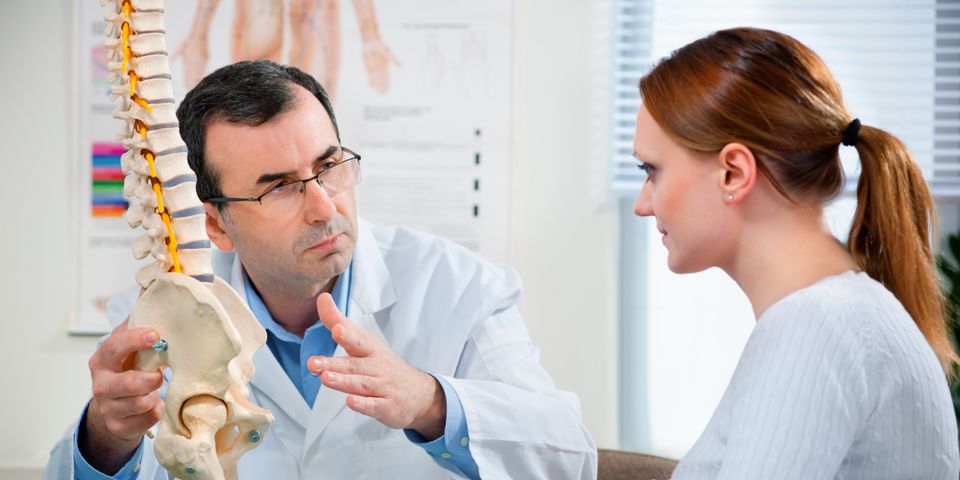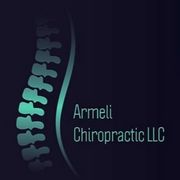
When the spine curves from side to side instead of creating an “S” or “C” shape, the individual has scoliosis. This condition is often diagnosed during childhood, and pain management and treatment vary by factors such as the patient’s age and degree of spinal curvature. Whether you or a loved one has scoliosis, take a moment to learn more about it and the treatment options below.
Questions About Scoliosis, Answered
How does it form?
Health experts remain uncertain about what exactly causes the condition, as 80% of cases do not have identifiable factors. However, health issues associated with scoliosis development include neurological abnormalities such as cerebral palsy that affects movement, thinking, and other abilities. Genetic disorders like muscular dystrophy that cause muscle weakness are also believed to play roles, as are birth defects such as spina bifida that impact spinal bone development during infancy. Spinal infections and injuries can also contribute to scoliosis.

What are the major symptoms?
Symptoms depend on the condition’s cause and severity, but often include uneven hips and a rotating spine. Other signs include one shoulder that’s higher than another or one shoulder blade that protrudes more than its counterpart. Scoliosis patients can also experience back pain from spinal misalignments or breathing difficulties because their chests are often smaller.
What are the risk factors?
Individuals who have family members with scoliosis are at higher risk of developing the condition for genetic reasons. Women also face a higher scoliosis risk than men. While the reasons for higher rates among females are still under review, health experts believe increased leptin levels in women contribute to the condition. Leptin affects bone growth, in addition to controlling hunger hormones.
Is it treatable?
Treatment once again depends on the diagnosis. Pain management such as chiropractic care and exercise help because they increase flexibility and muscle strength. Medication reduces pain symptoms related to inflammation, and is often recommended in conjunction with other pain management techniques such as massage and hydrotherapy.
Braces that prevent the spine from curving further can help children overcome scoliosis, while surgery corrects spinal curves greater than 40 degrees. Spinal fusion, or where spinal vertebrae undergo fusion with rods, bone grafts, and screws, is the most common surgical technique.
If you or a loved one requires pain management services for scoliosis, contact Armeli Chiropractic. Based in Mendota Heights, MN, the chiropractic care center treats sports injuries, auto accident injuries, and other issues causing body pain. Call (651) 688-0736 to make an appointment or learn more about services online.
About the Business
Have a question? Ask the experts!
Send your question

